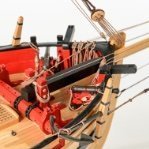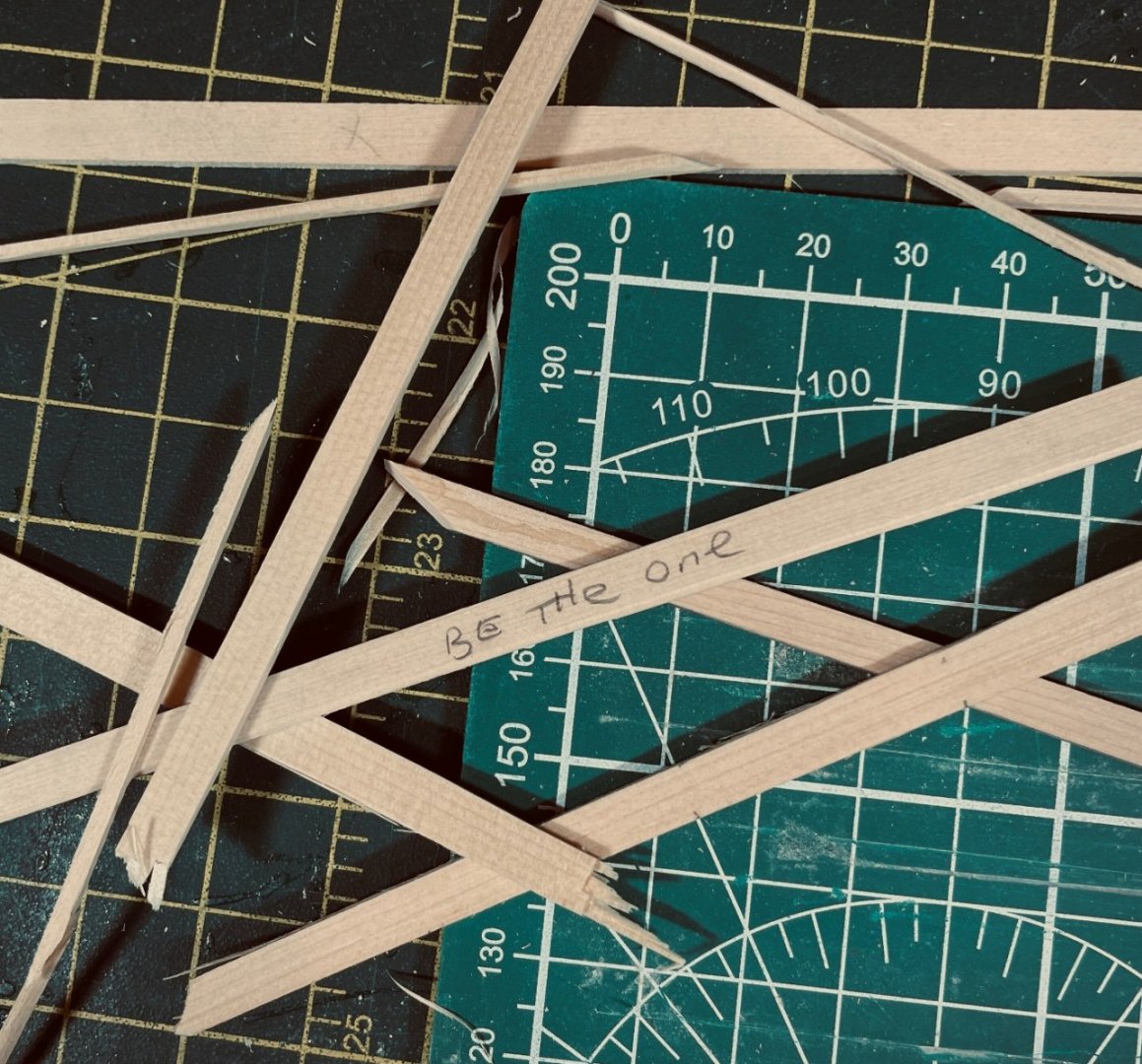-
Posts
4,115 -
Joined
-
Last visited
Content Type
Profiles
Forums
Gallery
Events
Everything posted by glbarlow
-
You’ve done an amazing job with the details and customizations you’ve done. A fine looking model.
- 857 replies
-
- Sphinx
- Vanguard Models
-
(and 1 more)
Tagged with:
-
Mine’s not all that neat at the moment, bits of planking everywhere. Plus I have the advantage of cabinets with doors, who knows what’s behind them all. Same thing with my office and all the camera gear I’ve accumulated. Meanwhile, I’m off to do more planking, and more planking….
- 345 replies
-
- Duchess Of Kingston
- Vanguard Models
-
(and 1 more)
Tagged with:
-
Great work area, you are a true dedicated hobbyist. I’m ver impressed, and jealous.
- 345 replies
-
- Duchess Of Kingston
- Vanguard Models
-
(and 1 more)
Tagged with:
-
Way too many cool tools, I’ll never catch up😜
- 345 replies
-
- Duchess Of Kingston
- Vanguard Models
-
(and 1 more)
Tagged with:
-
About 1/10th of what it will take the rest of us
- 488 replies
-
- Indefatigable
- Vanguard Models
-
(and 1 more)
Tagged with:
-
Yep, that’s why I break them😜
- 840 replies
-
- winchelsea
- Syren Ship Model Company
-
(and 1 more)
Tagged with:
-
We know that every plank is a project. Often for me one plank is many projects. If they’re close but not right, I break them to avoid the temptation of “it’s good enough.” With summer, travel, and grandkids my rapid pace of 1-3 successful planks a day may slow. Hopefully by July my hull will be planked. sigh…..
- 840 replies
-
- winchelsea
- Syren Ship Model Company
-
(and 1 more)
Tagged with:
-
So there is such a place, a world of completed planking…🤣😂
- 840 replies
-
- winchelsea
- Syren Ship Model Company
-
(and 1 more)
Tagged with:
-
I’d imagine hundreds of photos that don’t have a high call rate would become a storage problem for the servers, is there heavy enough demand to warrant the storage space, do moderators want the workload and accountability for copyright monitoring. I know I wouldn’t be a user for something I would more likely Google.
-
If you're going cheap seems like the Amati/Caldercraft kit rope isn't going be improved by these alternatives - just use the kit stuff. I used it on my first models, I applied bees wax (not needed on Syren rope of course) to address the fuzz, those models are still holding up fine, especially since I no longer post close up photos of them.
-
Such clean, crisp work - a reference for all to follow. Real Knights don’t need no plume
- 345 replies
-
- Duchess Of Kingston
- Vanguard Models
-
(and 1 more)
Tagged with:
-
CA is fine used properly for some rigging, just not on rat lines. I’m really not sore why a horse hoof would be detached from a horse, let alone why you’d put it on a stove.
-
Watered PVA or clear acrylic-
-
You’d really be better off building one Chris’ kits next not only for the better design and material but the light years better instructions and plans that come with them. I had both versions of Rattlesnake, after holding them for years I ended up throwing them away without even starting them.
-
Rattlesnake is, like LN, a pretty old kit design. You might encounter more issues than just blocks and ropes, but you should definitely replace both.
-
New post captain is thrilled when told he will captain the frigate Sphinx, sees the frigate Indefatigable and then 😳😩
- 488 replies
-
- Indefatigable
- Vanguard Models
-
(and 1 more)
Tagged with:
-
Personally I’m glad of this, better look in my opinion.
- 488 replies
-
- Indefatigable
- Vanguard Models
-
(and 1 more)
Tagged with:
About us
Modelshipworld - Advancing Ship Modeling through Research
SSL Secured
Your security is important for us so this Website is SSL-Secured
NRG Mailing Address
Nautical Research Guild
237 South Lincoln Street
Westmont IL, 60559-1917
Model Ship World ® and the MSW logo are Registered Trademarks, and belong to the Nautical Research Guild (United States Patent and Trademark Office: No. 6,929,264 & No. 6,929,274, registered Dec. 20, 2022)
Helpful Links
About the NRG
If you enjoy building ship models that are historically accurate as well as beautiful, then The Nautical Research Guild (NRG) is just right for you.
The Guild is a non-profit educational organization whose mission is to “Advance Ship Modeling Through Research”. We provide support to our members in their efforts to raise the quality of their model ships.
The Nautical Research Guild has published our world-renowned quarterly magazine, The Nautical Research Journal, since 1955. The pages of the Journal are full of articles by accomplished ship modelers who show you how they create those exquisite details on their models, and by maritime historians who show you the correct details to build. The Journal is available in both print and digital editions. Go to the NRG web site (www.thenrg.org) to download a complimentary digital copy of the Journal. The NRG also publishes plan sets, books and compilations of back issues of the Journal and the former Ships in Scale and Model Ship Builder magazines.







